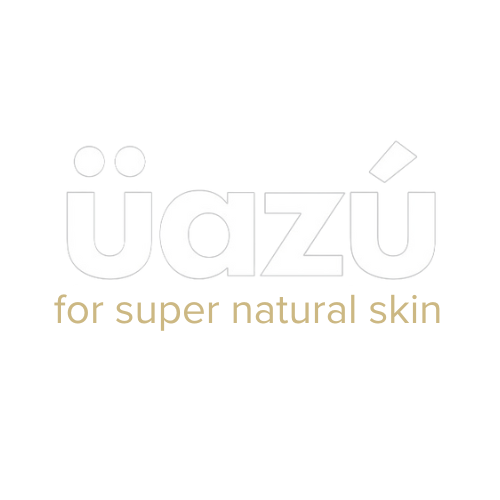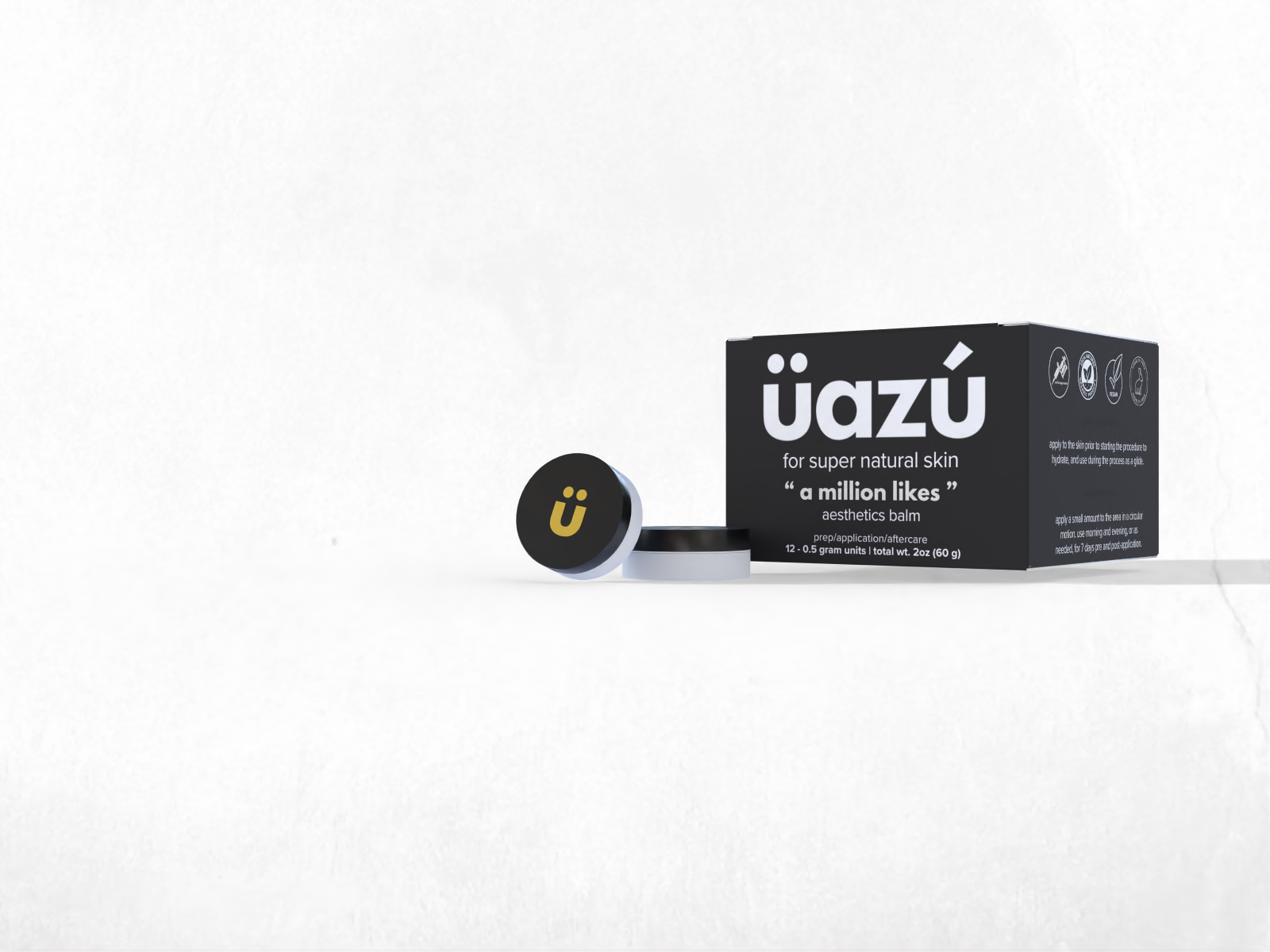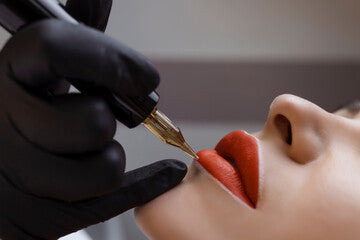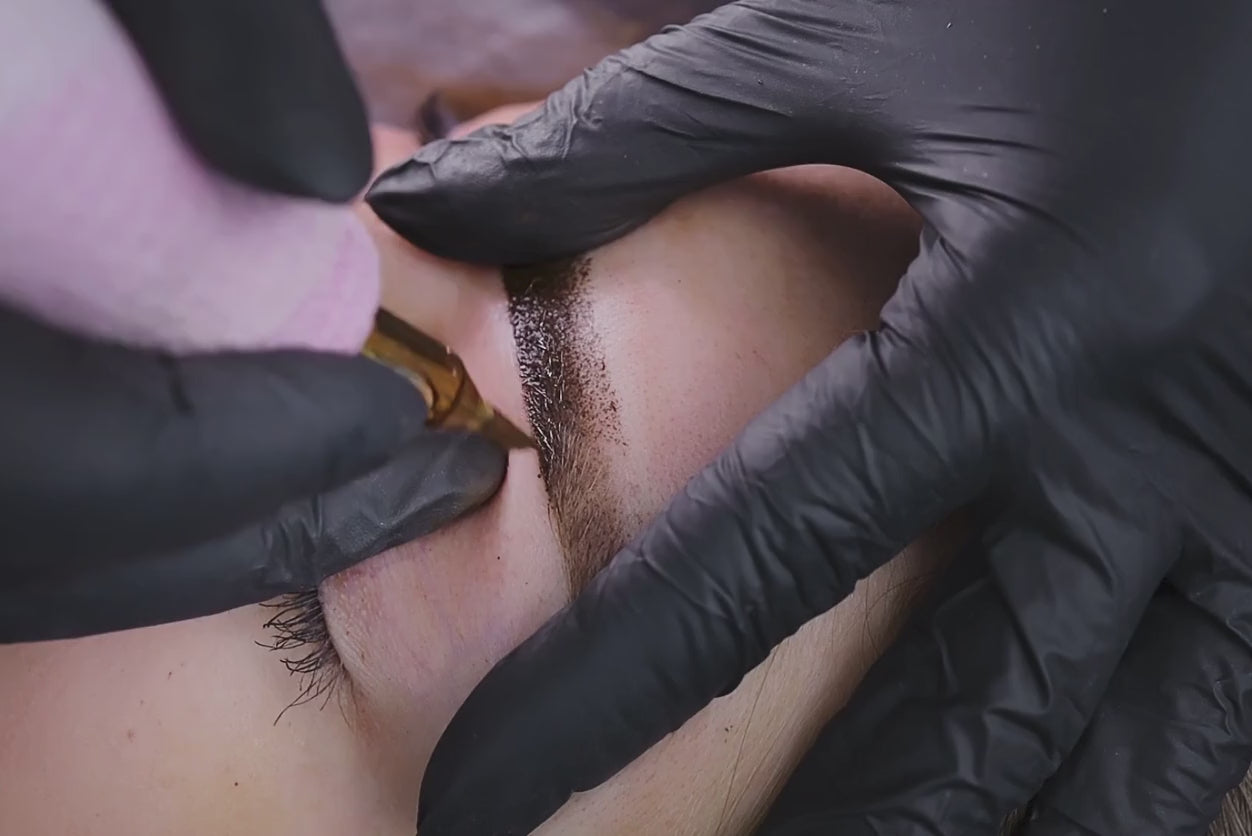
Beeswax: Wax On, Dryness Off
Bees have been treasured insects for as long as time itself, producing invaluable everyday products such as honey, pollen, and beeswax. In skincare, beeswax is used as more than just an adhesive or stiffener—it’s used for its softening, soothing, lubricating, and antimicrobial properties. Because it is a natural emollient, beeswax locks in moisture and works against environmental stressors while still allowing your skin to breathe. Its unique composition makes it the ideal ingredient for balms, slaves, and creams, offering deep hydration without clogging pores. Let’s find out what separates beeswax from other ingredients of its kind.

What is Beeswax?
Beeswax is a natural secretion made from the glands of worker honey bees, also known as Apis mellifera, to build their honeycombs. This wax is composed of a rich blend of fatty acids, esters, and hydrocarbons, allowing it to provide unparalleled skin benefits while also serving as a natural preservative. Visually, while most beeswax we see appears a shade of yellow, it is naturally colored white.
One of its most vital components, propolis, gives beeswax its many valuable skincare properties. Its occlusive properties allow beeswax to aid your skin barrier and maintain hydration. Compared to other similar-acting products, beeswax is a low-cost, natural alternative that has a variety of uses.
Skin Benefits of Beeswax
-
Moisture Retention: Beeswax creates a breathable barrier that locks in skin-fueling hydration.
-
Skin Protector: Creating a barrier on your skin, beeswax shields against environmental stressors that could potentially cause harm and mitigate healing.
-
Soothing and Anti-Inflammatory: Beeswax contains vitamin A and anti-inflammatory compounds that calm irritation and redness.
-
Non-Comedogenic: Many emollients can clog your pores as they sit on the top layer of your skin, but beeswax allows your skin to breathe as it seals in moisture.
-
Antibacterial and Antimicrobial: Beeswax naturally prevents bacterial growth, making it excellent for balms and healing salves.
Why Üazú Loves Beeswax
We at Üazú Skincare pride ourselves on using only natural and sustainable ingredients within our products, including beeswax. Beeswax does not need additional processing before it can be used, meaning there are no additives or additional steps before it is put into products. Even as beeswax is one of the most natural ingredients you can find, its skin benefits meet the same standards.
As well as its natural benefits for the skin, beeswax is a very sustainable ingredient as it is biodegradable, renewable, and eco-friendly. Üazú Skincare verifies that our wax only comes from bees that no longer need it. Beeswax is the best natural alternative to synthetic products that can potentially cause waste and pollution.
How to Use Beeswax in Your Routine
-
Lip Care: Beeswax works to repair chapped lips and provide long-lasting moisture, just like in our Balm Collection.
-
Healing Balms: Beeswax helps soothe dry or cracked patches of skin.
-
Sensitive Skin and Tattoos: Gentle for sensitive skin, beeswax aids in recovery for any skin ailment.
The Future of Beeswax
Beeswax has remained important to skincare demands throughout time, especially in lip products. Because it is ethically and sustainably sourced, beeswax reshapes the natural beauty industry, providing alternatives to synthetic ingredients. One of Üazú Skincare’s main priorities is to ensure ethical beekeeping practices so that we can both support bee populations and your skin. Beeswax is an important factor in sustainable beauty, and that is exactly what we want for you and the environment.

Sources
Kurek-Górecka A., Górecki M., Rzepecka-Stojko A., Balwierz R., Stojko J. (2020). Bee Products in Dermatology and Skin Care. MDPI. https://pmc.ncbi.nlm.nih.gov/articles/PMC7036894/
Nong Y., Maloh J., Natarelli N., Gunt H., Tristani E., Sivamani R. (2023). A review of the use of beeswax in skincare. Journal of Cosmetic Dermatology. https://onlinelibrary.wiley.com/doi/10.1111/jocd.15718
Beeswax. Wood Guide. https://www.woodguide.org/guide/beeswax/






